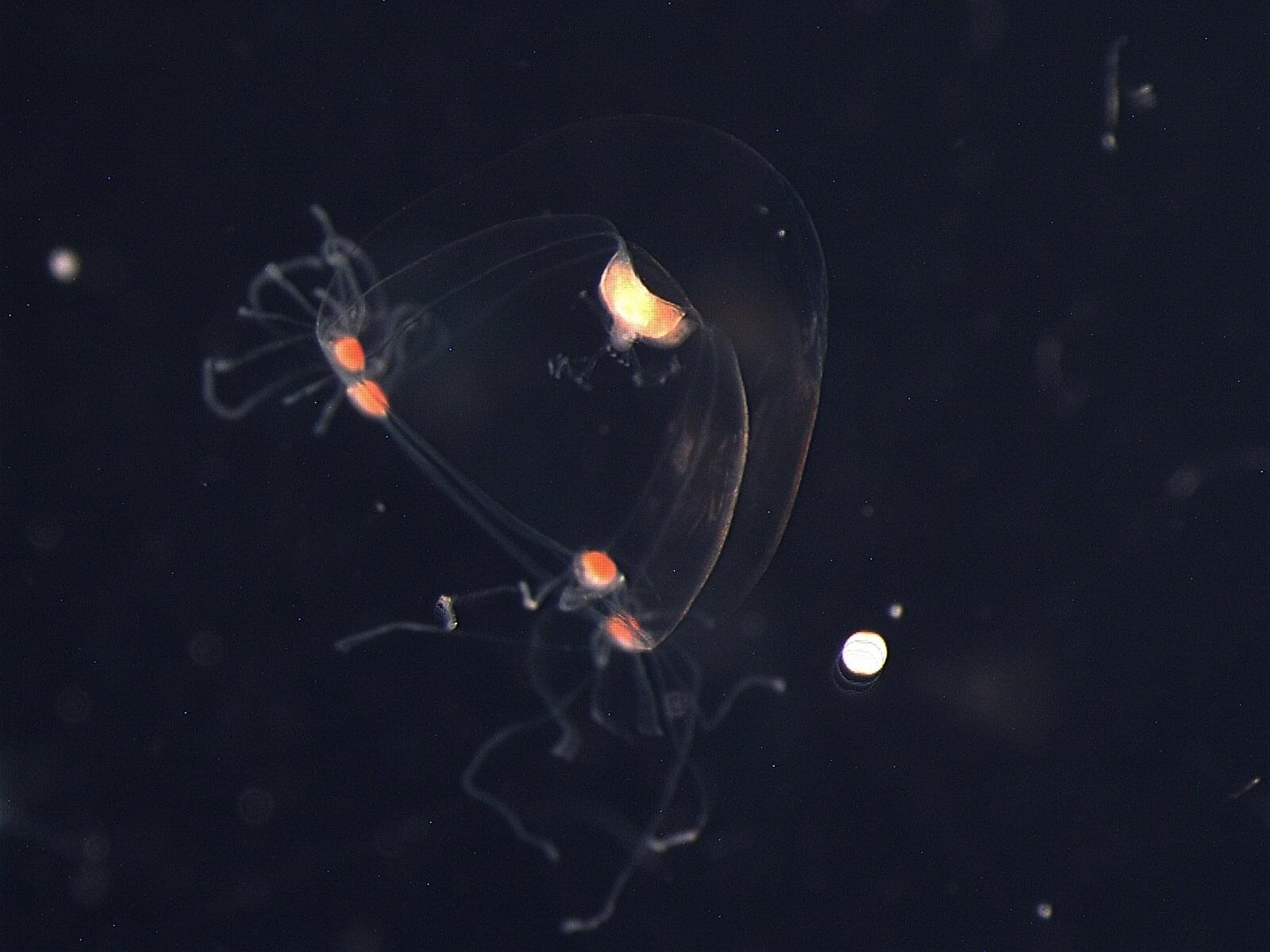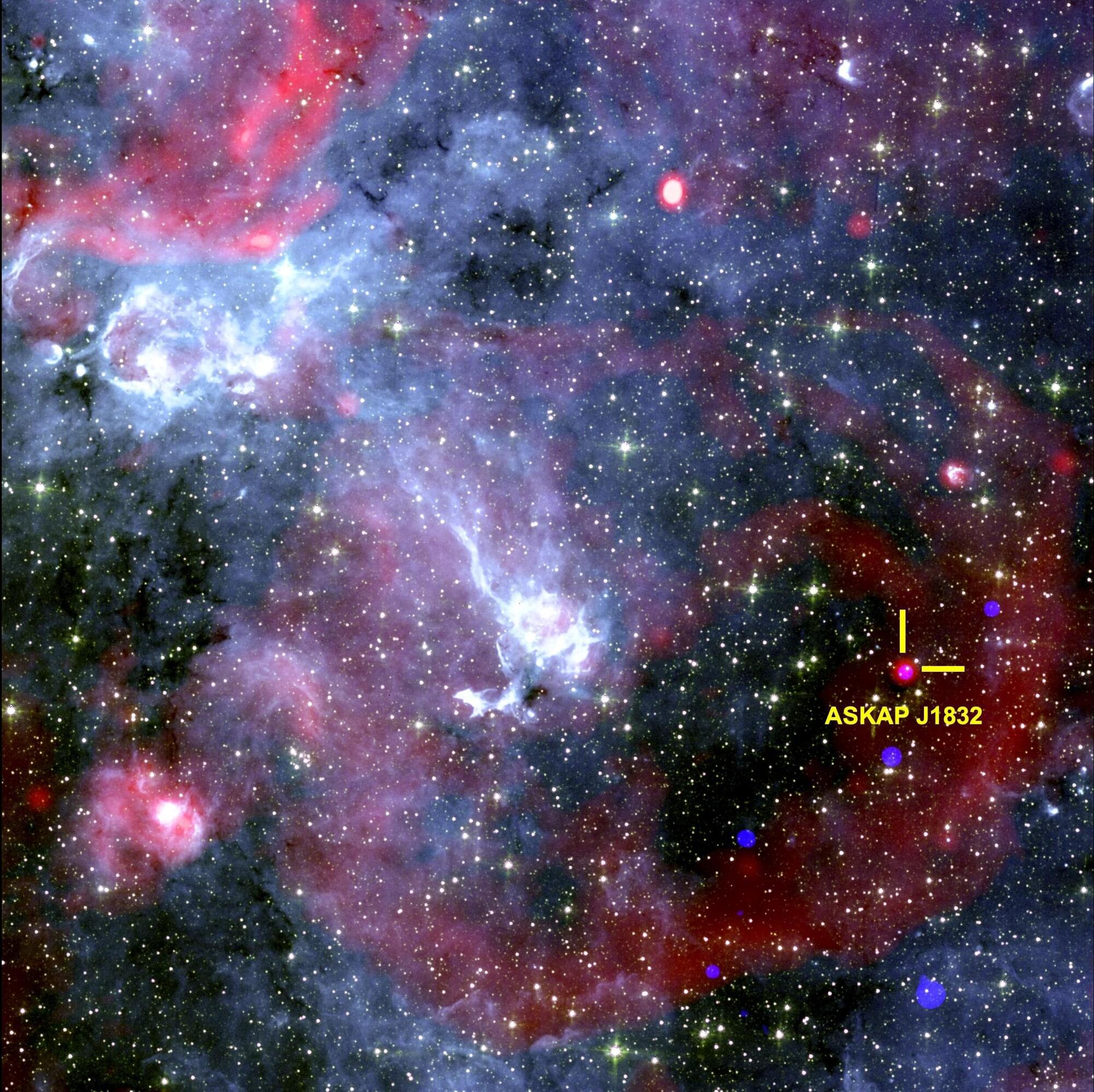One of the biggest mysteries of evolution is how species first developed complex vision. Jellyfish are helping scientists solve this puzzle, as the group has independently evolved eyes at least nine separate times. Different species of jellyfish have strikingly different types of vision, from simple eyespots that detect light intensity to sophisticated lens eyes similar to those in humans.
Biologists have studied jellyfish eye structure, light sensitivity, and visual behavior for decades, but the exact genes involved in jellyfish eye formation remain unknown.
Aide Macias-Muñoz, a professor of ecology and evolutionary biology, is exploring how eyes and light detection evolved using genetic tools. Her lab has just completed a high-quality genome sequence of Bougainvillia cf. muscus, a small jellyfish-like animal in the Hydrozoa group that has an astonishing 28 eyes.









